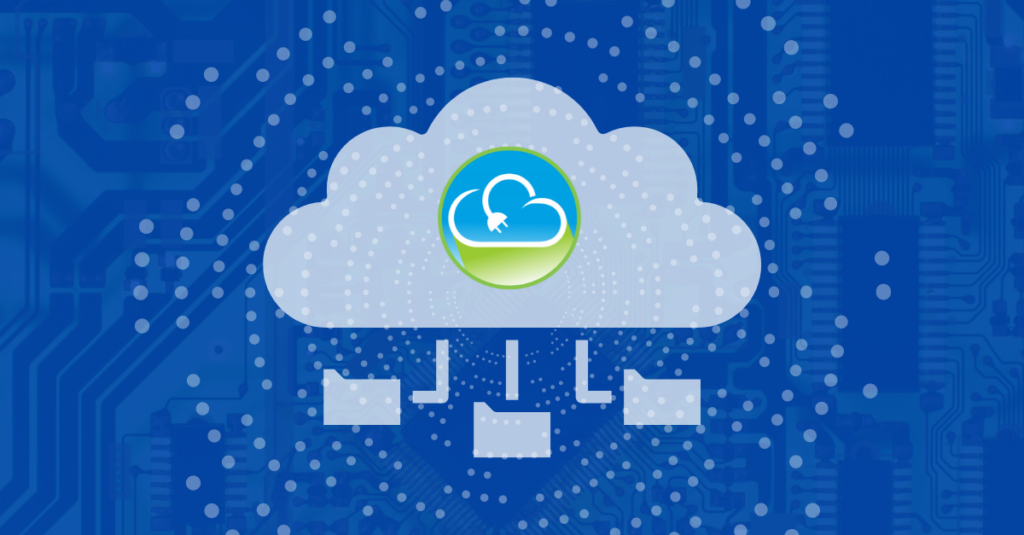We are entering a new era of transparency, where collating and publishing more detailed and varied ESG data is becoming the norm for both companies and investment managers and the overall drive towards sustainability has never been more vital. As businesses, governments, and organizations realize the pressing need to optimize energy usage, reduce carbon emissions, and engage in sustainable practices, there’s also a growing acknowledgment of the importance of leveraging cutting-edge technology to achieve these goals. In this space, the debate between traditional consultancy methods and embracing digital innovation is gaining momentum, especially when considering the proliferation of mandated sustainability disclosure. Businesses face many challenges when it comes to gathering, maintaining, and analyzing the appropriate data and environmental KPIs required of them by new reporting regulations.
Intuitively, most people realize that the ability to plan, budget, and forecast accurately is vital for business success. When businesses have clear visibility and meaningful insight into corporate performance, they can operate more profitably and competitively. In order to execute well in this area, many companies have already eliminated the pervasive use of spreadsheets when it comes to financial data by relying on software to collect and audit the data. The SaaS (software as a service) model of software delivery is run by providers that host the software application in a data center and provide access via a web browser. Instead of charging a large upfront perpetual license fee and ongoing maintenance fees, the vendor typically charges a monthly or yearly subscription fee. Using this approach, SaaS vendors can deliver the benefits of traditional on-premise enterprise software applications without all of the cost and complexity. The same standard of oversight, principles, and needs applied to financial data should apply to sustainability data as financial statements start to become intricately linked with climate-related KPIs at the request of investors and regulators. Relying on Microsoft Excel spreadsheets and an ad hoc mix of emails, paper documents, and manual processing is no longer sufficient for managing sustainable corporate performance.
1. Real-Time Access to Data
Unlike spreadsheets that require manual updates and might be stored in various locations, cloud-based platforms ensure all your data is in one place. With WatchWire, stakeholders can access real-time data anytime, anywhere, ensuring they are always working with the most current and accurate information. Being able to monitor performance over time is also essential in understanding long-term risks and opportunities and identifying any data discrepancies. Having access to current and correct data allows businesses to effectively set and manage data-driven goals with baselines.
2. Scalability
Anyone working in the area of sustainability is all too aware, of being increasingly under pressure to publish volumes of data, whether that’s investors filling in ESG fund assessments or companies evaluating carbon risk. Whether you’re a commercial retailer, government municipality, healthcare institution, manufacturing unit, or educational facility, the right SaaS can easily scale to fit your needs. Traditional spreadsheet methods often become cumbersome and error-prone as the data scales, while cloud-based systems are designed to handle growth and new reporting requirements effortlessly.
3. Improved Data Security
Cloud solutions come with advanced security features ensuring that your data remains confidential and protected against cyber threats. With traditional methods, there’s always the risk of misplacing physical copies or experiencing data corruption.
4. Enhanced Collaboration, Reducing Data Silos
Teams can collaborate in real time on cloud platforms. Say goodbye to countless email threads with various spreadsheet versions. Stakeholders should be able to work together seamlessly with data all in one place, making collective decisions based on shared insights. Having all impact data in a single place across departments helps with the continuous tracking, monitoring, and reporting of, for example, the organization’s GHG emissions. Advanced platforms may even provide customizable dashboards for different team members (Procurement, Engineers, Analysts, etc.) so they can easily access and view the information most important to them instantly. Easily shareable data, dashboards, and insights amongst internal teams and for external investors/stakeholders is crucial in elevating the efficiency of sustainability initiatives.
5. Reduction in Human Errors
Manually entering data into spreadsheets is not only time-consuming but also prone to errors. Cloud-based software solutions automate many processes, reducing the potential for human mistakes and ensuring the integrity of your data. Plus, your software provider should regularly update emissions factors and methodologies so you don’t have to worry about whether or not you are using the right calculation method.
Spreadsheets are inherently more unstable compared to sustainability reporting software solutions, so there is a much higher likelihood of data corruption. This can pose a serious risk if you are reliant on Excel as your main data calculation tool, even if you do create regular backups. Software-as-a-service platforms provide daily customer data backups and offsite storage in secure locations for longer retention.
6. Cost-Effective
Over time, the costs associated with managing multiple spreadsheets, manual data entry, and traditional consultancy fees can add up, especially as sustainability data gets more complex and highly scrutinized by regulatory entities. With WatchWire, you invest in a subscription that continually offers value by evolving with technological advancements and ensuring your data management remains state-of-the-art. Manual processes are not only a security risk but are also prone to risk and error and are extremely heavy on time and resources.
As found within a total cost of ownership (TCO) analysis by Hurwitz, avoiding costly manual data collection, input, and analysis through the utilization of SaaS will eliminate vast capital costs, decrease risk, and bolster the overall reliability of a business’ sustainability budget.
7. Advanced Analytics and Insights
Sustainability and energy data management software doesn’t just collect data; it analyzes it. Instead of trying to decipher what numbers in a spreadsheet might mean, cloud software offers actionable insights. This makes it easier for organizations to understand their energy consumption patterns, evaluate carbon footprints, and devise strategies to enhance their sustainability KPIs. Digitalization and Ai analytics are necessary to better manage buildings and assets, making market and competitor outperformance easy with comparisons to peers.
One example is obtaining accurate GHG emissions across an investment portfolio, an endeavor that has long been a pain point for investors and analysts who have often employed consultants to calculate the GHG emissions from their portfolio which can be limited, lengthy, and expensive. The right ESG software solution leverages primary data, industry-approved estimations, data validation tools, and approvals to ensure verification-ready data throughout the year.
A quality ESG data system can be utilized for complying with climate reporting requirements, reducing costs, data assurance and audits, and setting targets.
8. Integration with Other Systems
A major advantage of cloud platforms like WatchWire is their ability to integrate with other software and systems. This ensures that data flows seamlessly across different platforms, providing a holistic view of your organization’s sustainability metrics.
What to Look for:
- A centralized platform to collect and manage data all in one place
- The ability to ingest meter-level utility and electricity data from multiple locations/sites automatically and manually upon request
- Data analysis dashboards
- End-to-end operational visibility – real-time monitoring of metrics and performance over time
- Features to run comparisons across locations, benchmark, and view key information across various metrics and KPIs.
- Flexible software, easy-to-follow, user-friendly tools
- Multiple integration capabilities
- Integration into a widely deployed financial and accounting package
- Built-in auditing capability
- Carbon emissions calculation
- Regular updates to emission factors, calculation methodologies, and relevant metrics for reporting frameworks
- baselining carbon accounting data per GHG protocol
- Customizable reporting options and easy export features
- Grouping data into unlimited customizable sets and hierarchies.
- Safety, compliance, and ESG reporting and visualization
- The solution should evolve with your reporting requirements and adapt to your changing organizational structure in years to come.
- Emerging sustainability and ESG (Environmental Social Governance) reporting frameworks will mean that companies will be tracking and reporting on a wider variety of metrics in the future. Meeting the scope of internal and external reporting requirements, and reporting to different stakeholders, requires a wide range of analysis tools and reporting dashboards.
Organizations aiming to be at the forefront of energy efficiency and sustainability need to harness the power of cloud-based software. Advances in tech and AI will mean that ESG data will be collected and analyzed in ways that we can only imagine today. It will bring us new insights about the links between ESG performance and financial returns. It will help investors and consumers pinpoint companies with the best sustainability credentials. With WatchWire, not only do you gain a tool to manage and reduce energy consumption and carbon emissions, but you also get a partner that helps in understanding utility invoices and driving sustainable change through data-driven insights.
When it comes to software, WatchWire provides a cloud-based energy and sustainability management platform that utilizes AI to enable your organization to achieve their reporting and sustainability goals. WatchWire’s offers these features and more:
To learn more about WatchWire, visit our website and blog or request a demo.
Connect With Us
Find WatchWire on LinkedIn or Twitter!
 Top Sustainability Trends to Watch in 2025
Top Sustainability Trends to Watch in 2025

 Log In
Log In









